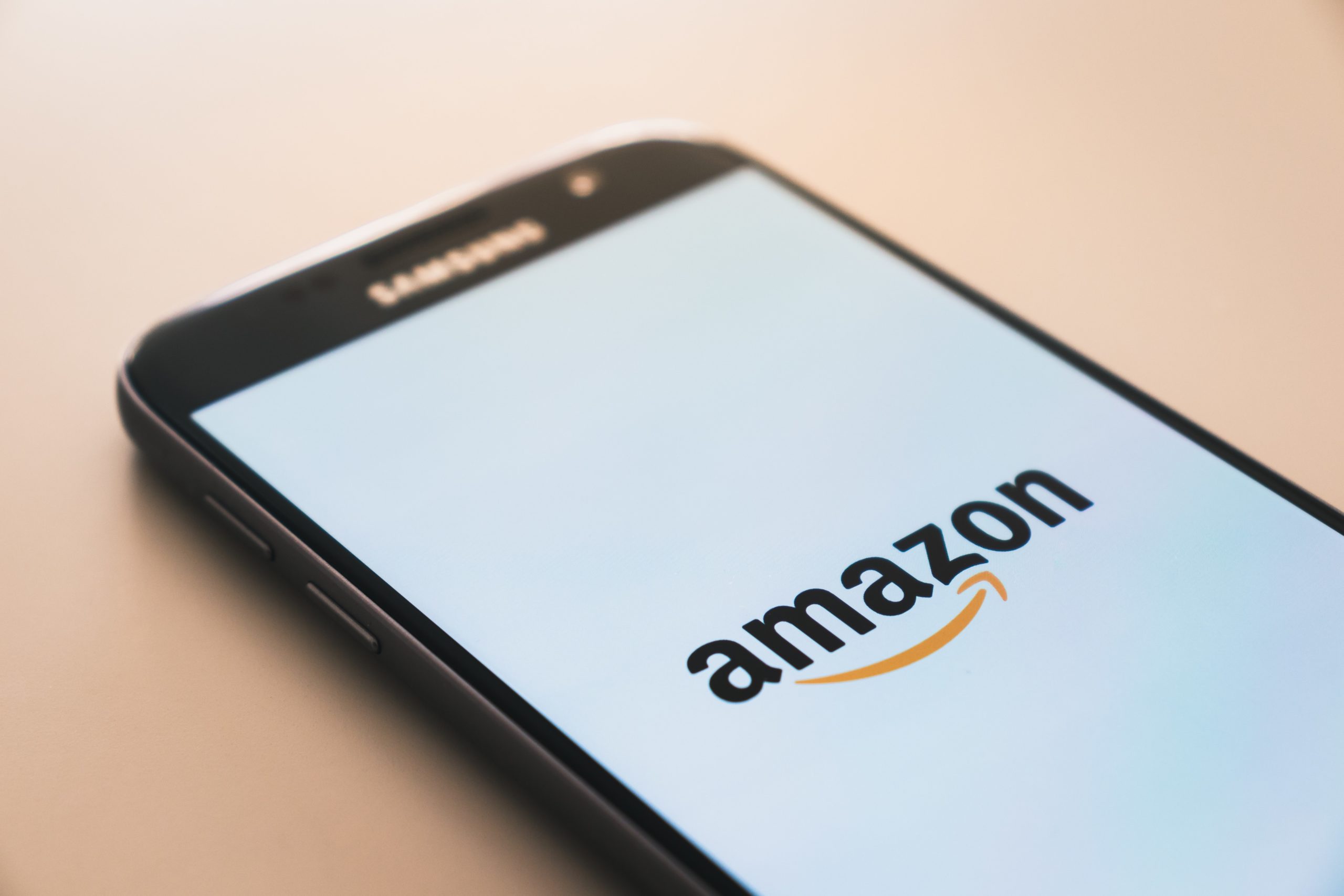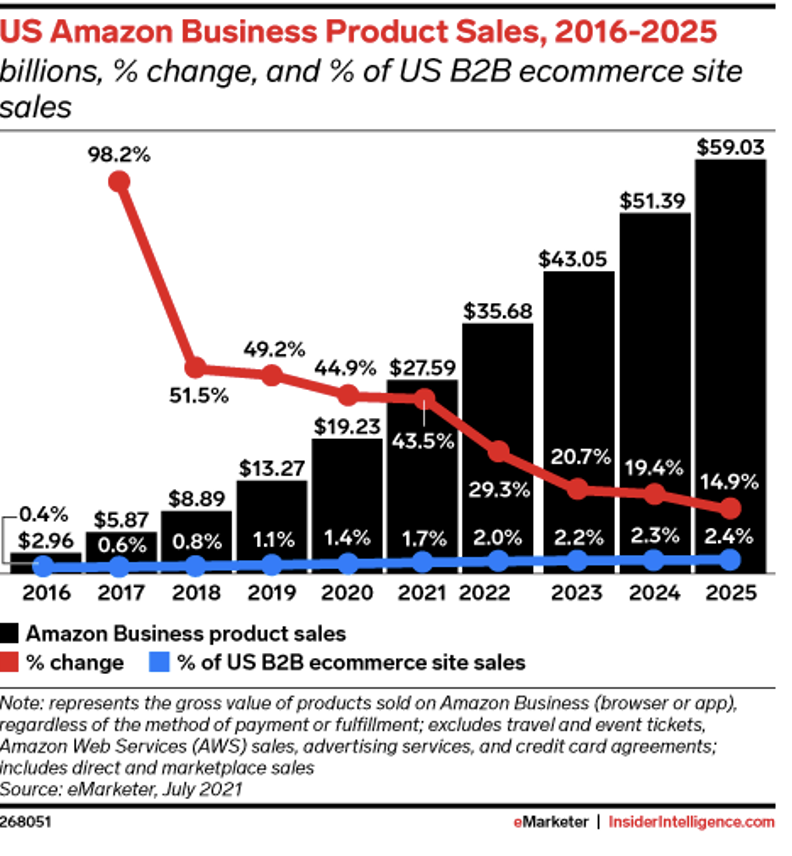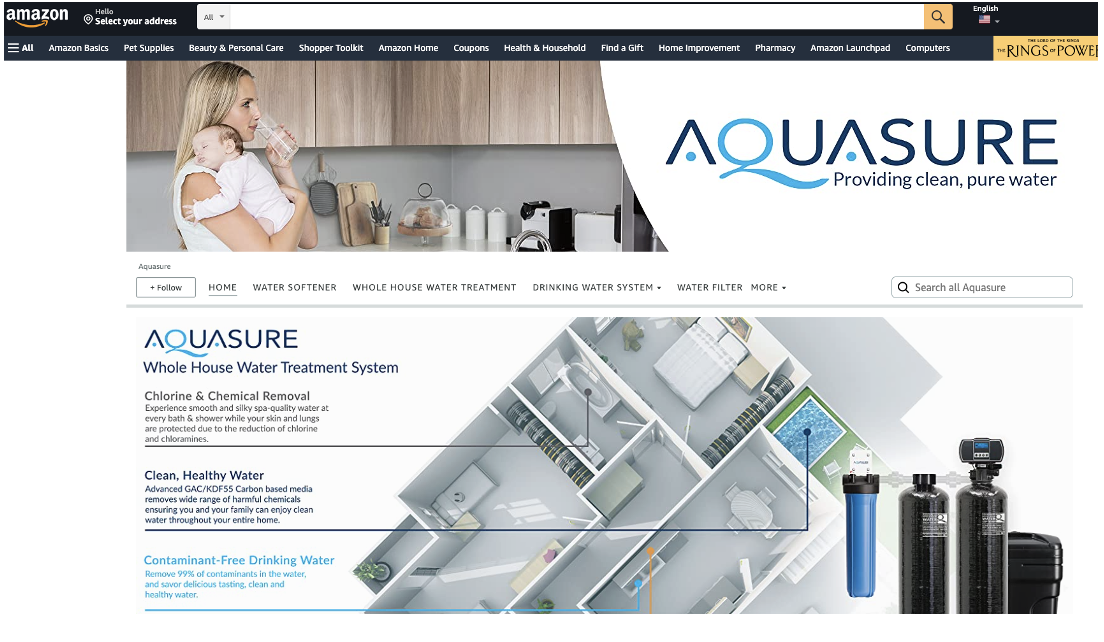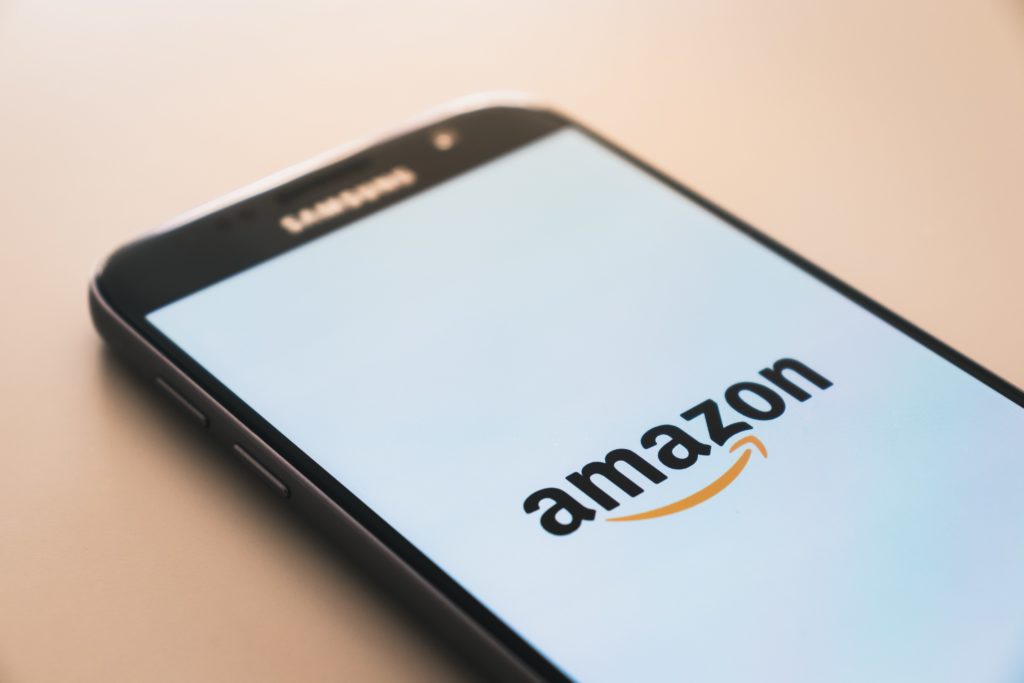Move Over CPG; Amazon Presents a Huge Opportunity for B2B Brands

Most B2C brands already know that being present on Amazon is imperative to their business. Sure, there are some holdouts (for example, some big brands that eschew Amazon because they can), but for most brands, Amazon is an integral part of their go-to-market strategy. But what about B2B?
For many B2B brands, Amazon is a symbol of the decline of consumer big-box retail and the rise of ecommerce, known for “killing the mall” and putting local shops out of business. While B2B brands don’t necessarily think of Amazon when looking to grow their customer base, it presents an exciting opportunity to grow their business. Why? The answer is simple: the ability to reach new customers and drive significant revenue growth.
Amazon Business
 Launched in 2015 as a replacement for AmazonSupply, Amazon Business is exactly what it sounds like: it offers business customers the ability to shop for products in the same way consumers can. The platform streamlines the purchasing process and tracks purchases for reimbursement or taxation purposes. This allows businesses to save time and stay organized.
Launched in 2015 as a replacement for AmazonSupply, Amazon Business is exactly what it sounds like: it offers business customers the ability to shop for products in the same way consumers can. The platform streamlines the purchasing process and tracks purchases for reimbursement or taxation purposes. This allows businesses to save time and stay organized.
The items offered on Amazon Business include many products available on the main consumer site, as well as many other large volume or wholesale items listed specifically for businesses. The types of items available on Amazon Business have expanded over the years, from pens and paper and general office supplies to industrial tools, scientific equipment, home improvement supplies for contractors, appliances, and more.
With a simple, streamlined checkout process and Amazon’s reliable shipping, Amazon Business’ revenue grew almost 44% in 2021 YoY. By the end of 2022, it is projected to grow another 30%. However, Amazon Business still only accounts for about 2% of overall U.S. B2B ecommerce sales (Insider Intelligence). This massive gap provides many opportunities for brands willing to use the platform. Companies who launch their products on Amazon Business today are likely to see impressive performance as the platform continues to expand and bring in new customers.
Launch products on Amazon to reach B2C audiences
Amazon Business may be the main draw for B2B brands, but there is another benefit to launching products on Amazon: reaching B2C audiences. Candidly, this is typically a taboo audience for B2B brands to target. However, as prices increase due to ongoing inflation in the U.S. economy, consumers are looking for ways to save money by purchasing and installing products themselves. From new water softeners to decking materials or drywall, Amazon’s shipping capabilities mean many products can be delivered straight to the consumer.

However, many consumers still prefer to purchase from a major home improvement store or a local home service brand. Launching on Amazon can still be impactful, however, as a recent study showed that 97% of consumers use online media when researching products or services in their local area (Qualtrics). Given its ubiquitous presence in most American lives, it is no surprise then that 66% of consumers start their search for new products on Amazon (Forbes). Amazon is often the first place that consumers look when researching whether a product is right for them.
What marketers need to know
To be clear, Amazon might not be right for every brand. There are many roadblocks that might prevent brands from selling on this platform, such as counterfeiting concerns, pricing, and supply chain controls. However, there is a massive opportunity for brands that can leverage Amazon Business’ selling capabilities. Amazon’s B2B ecommerce market share is still incredibly small and brands who are willing to invest in it have a real chance to reach new customers. This can drive significant growth from a platform that has not always been top of mind for B2B products.
Brands should make sure that their product pages are retail ready by:
- Ensuring product pages use at least four (but ideally more) high-quality, zoomable images
- Ensuring detailed pages answer consumer questions that your traditional B2B purchasers might not ask
- Investing in advertising to launch your products. Amazon is a pay-to-play marketplace, and relying on organic traffic to drive growth will be difficult
- Using high-quality, “A+” content to highlight key product differentiators
- Leveraging Amazon Vine to generate reviews quickly for new products



